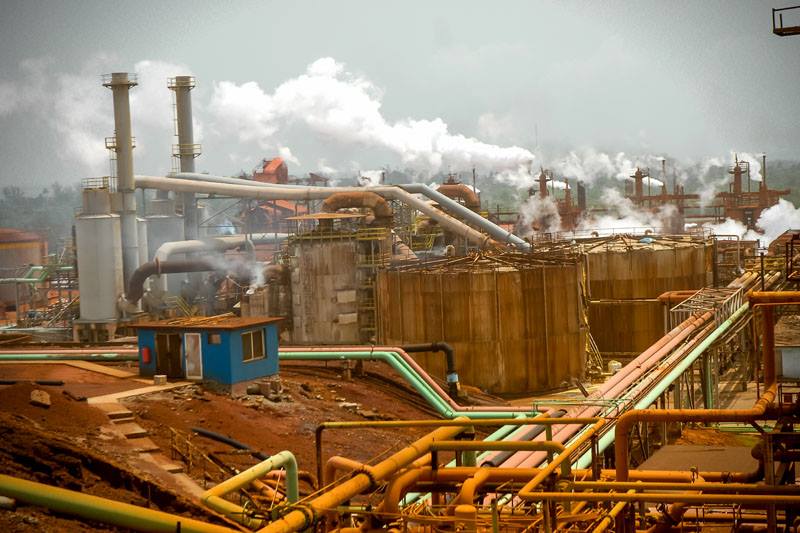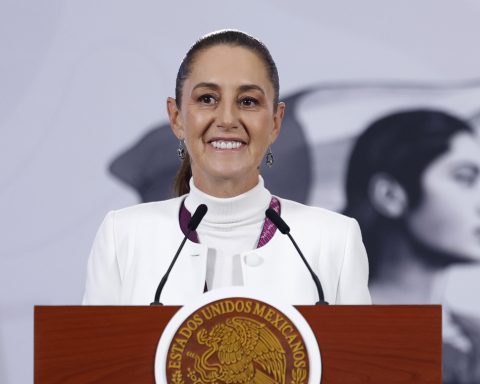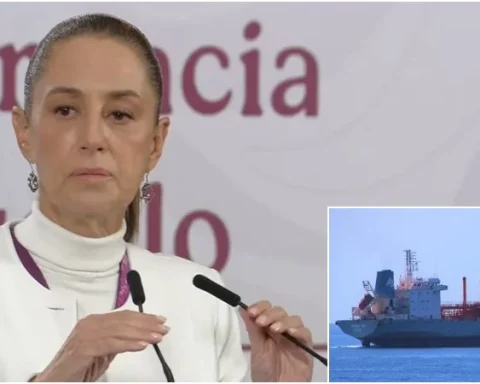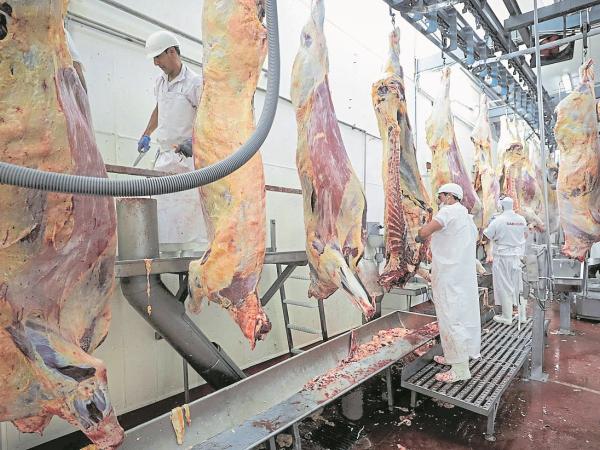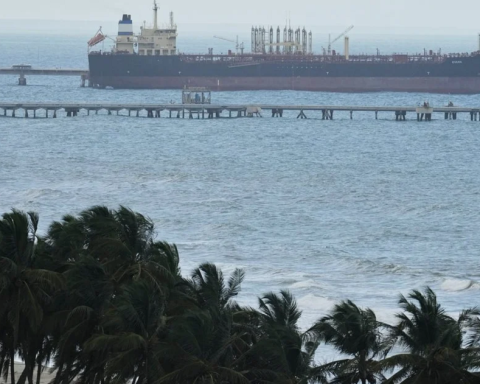Studies carried out over the last three decades have confirmed that several Cuban cities linked to different industries have the worst levels of air quality on the island, which is detrimental to people with respiratory and cardiovascular diseases, patients with cancerpregnant women, children and the elderly, experts refer.
The research developed by the Center for Pollution and Chemistry of the Atmosphere (Cecont), of the Institute of Meteorology, reflect that the cities with the greatest problems in this regard are Mariel, Nuevitas, Moa, Havana, Santiago de Cuba, Cienfuegos and Matanzas, according to with the criteria of specialists published by the official newspaper Granma.
Doctor of Science Rosemary López Lee, senior researcher and head of Cecont, and Doctor of Science Osvaldo Cuesta Santos, who headed the entity until 2017, explained that among the fundamental causes associated with problems of pollution Atmospheric pollution in the largest of the Antilles include territorial planning errors and the use of obsolete technologies, especially in industry and transportation, along with the lack of efficient treatment systems.
Both specialists highlighted that the national inventory of emissions from the main polluting stationary sources, carried out with “high scientific rigor” throughout the country, and periodically updated, confirmed that sulfur dioxide (SOtwo) is the pollutant that is most emitted into the atmosphere in Cuba, followed by nitrogen dioxide (NOtwo) and carbon monoxide (CO), associated with the burning of fossil fuels, adds the medium.
Next, due to their magnitude, are the emissions of PM 10 and PM 2.5 particulate matter, and volatile organic compounds other than methane, the experts pointed out.
A task for a whole century: the Cuban plan against climate change
“Seen specifically, the municipalities of Moa, Mariel and Nuevitas are the maximum emitters of OStwoNOtwo and CO nationwide. Those of Cienfuegos and Matanzas also show unfavorable indicators”, affirmed the specialists, quoted by Granma.
In the particular case of the island’s capital, the greatest air pollution problems are located in Old Havana, Regla, Diez de Octubre, Cotorro, Centro Habana and San Miguel del Padrón, according to the director of Cecont.
López noted that the most compromised areas are located around the Havana bay, linked to emissions from the Ñico López refinery, the Regla generator set and the Thermal Power Plant from Tallapiedra.
“In general, the meteorological conditions related to the occurrence of high values of air pollution are the so-called thermal inversion (when the temperature in the upper layers of the atmosphere is lower than that of the surface) and the relative calm of the wind” , considered the expert.
The combination of both factors prevents the dispersion of the compounds responsible for contamination and favors their suspension and retention in the lower levels of the atmosphere. This was the case, for example, on the afternoon of last Thursday, July 6, in the city of Havana, when the city was covered by a dense fog, underlines Granma.
For his part, Dr. Cuesta Santos stressed that the emissions inventories and the modeling of the dispersion of the main pollutants implemented in Cuban cities constitute “a valuable scientific tool” in the management of air quality.
This study, placed in the hands of decision-makers at the provincial and municipal levels, should contribute to the “design and implementation of adequate mitigation actions,” the specialist considered.
